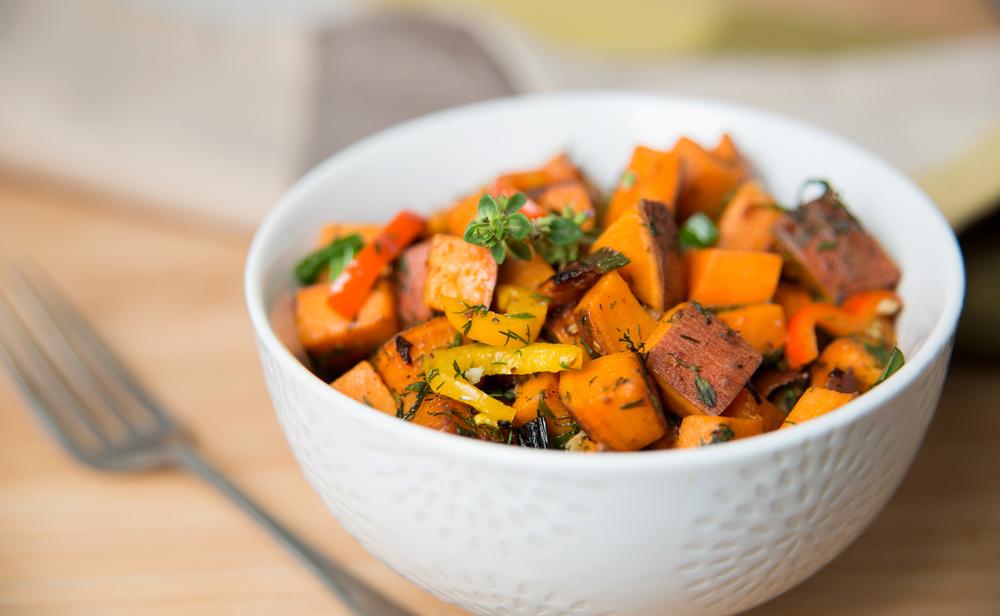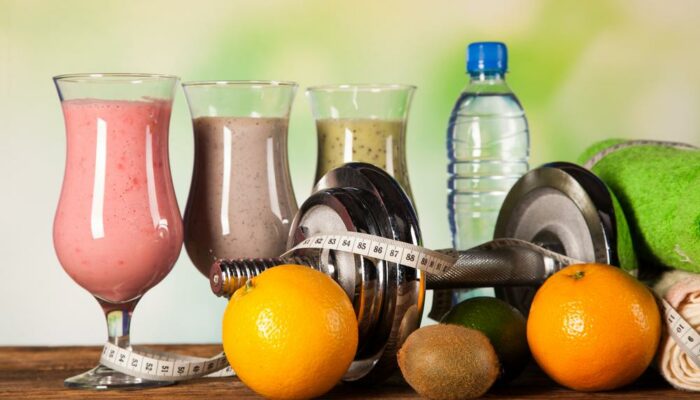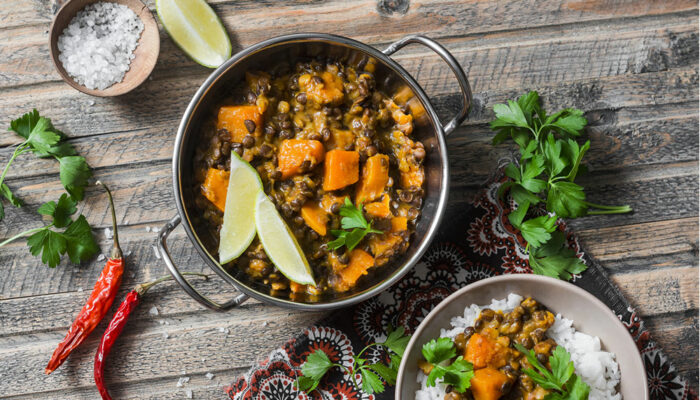
A Beginner Guide to the Paleo Diet
Paleo diet or the caveman diet is, as the name suggests, a food plan that includes eating whole foods and the elimination of processed foods. It resembles what our ancestors ate during the Paleolithic era, which is where the diet derives its name from. They followed a whole-food-based diet and an active physical lifestyle, which kept lifestyle-related diseases like obesity, diabetes, and heart problems at bay. Studies have proven that this diet can aid weight loss and improve health.
In ancient times, people followed different types of diets depending on where they were. Some had a low-carb diet that was high in animal foods, while others had a high-carb diet with a lot of plant-based foods. You can take this as a general guideline and customize your diet plan to meet your personal preferences. In general, you should eat meat, eggs, fish, vegetables, nuts, seeds, fruits, spices, herbs, and foods with healthy fats. However, avoid processed food, grains, soft drinks, legumes, dairy products, artificial sweeteners, margarine, trans fats, and grains.
1. Foods to eat on Paleo
This basis of the Paleo diet helps you see a marked difference in your weight and general health. These foods are generally whole foods:
- All kinds of meats are great, like beef, lamb, chicken, and others.
- Fish and seafood have a lot of protein, including salmon, trout, and shellfish, and fatty fish are also rich in omega-3.
- Eggs can be either pastured or omega-3 enriched eggs.
- All vegetables are great, including broccoli, onions, carrots, tomatoes, kale, and peppers.
- All fruits are beneficial, including apples, bananas, strawberries, and blueberries.
- Nuts and seeds like walnuts, hazelnuts, almonds, macadamia nuts, sunflower seeds, and pumpkin seeds are good to munch on.
- Healthy fats and oils can be included in the diet through food cooked in extra virgin olive oil, coconut oil, and avocado oil.
- Use salt and spices like sea salt, garlic, turmeric, and rosemary in your diet.
2. Paleo foods to avoid
The Paleo diet advises restricted consumption of the following foods as they are tough to digest and lead to weight gain:
- Sugar and high-fructose corn syrup, including table sugar, candy, pastries, soft drinks, fruit juices, ice cream, and such.
- Grains like wheat, bread, pasta, spelt, rye, and more.
- Legumes like beans and lentils.
- Most dairy products like butter, cheese, and full-fat milk.
- Some vegetable oils like soybean oil, corn oil, grapeseed oil, sunflower oil, cottonseed oil, and safflower oil.
- Trans fats, which are “hydrogenated” or “partially hydrogenated” oils that are usually found in margarine and processed foods.
- Artificial sweeteners like aspartame, sucralose, acesulfame potassium, cyclamates, saccharin; they should be replaced with natural sweeteners.
- Processed foods labeled as “diet” or “low-fat,” and if they come with additives.
This is the basic guideline for a Paleo diet, but you can improvise it and include more food items that suit your requirements. Also, there are many foods that science suggests are healthy, like gluten-free grains and grass-fed butter, and they can also be included.



